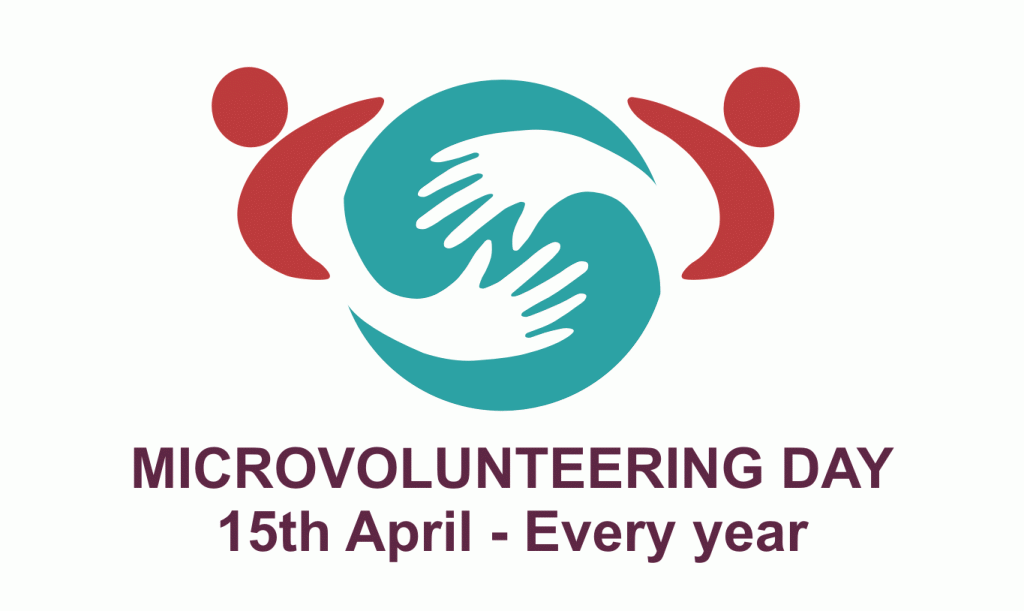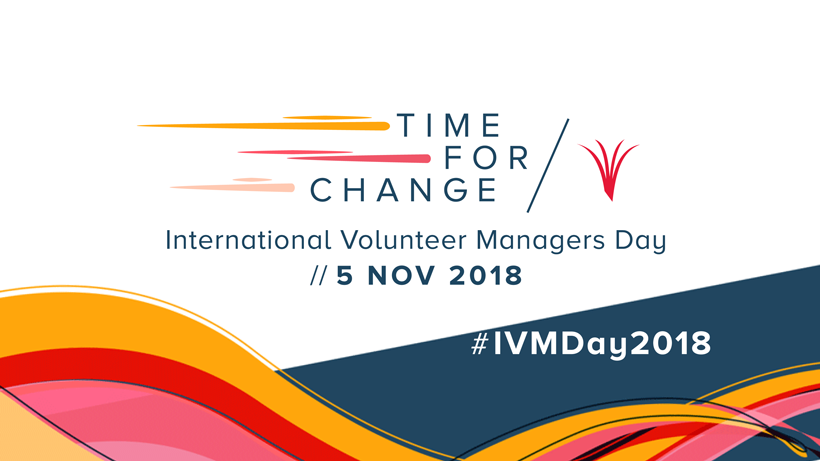Micro-volunteering is bite-sized, on-demand, no commitment actions that benefit a worthy cause. Micro-volunteering is quick and convenient – a micro-volunteering opportunity might take less than two minutes to complete and in some cases can be done from the comfort of your couch in your pyjamas.
Microvolunteering allows more people to give back to their community and complements, rather than replaces, traditional forms of volunteering. A key benefit of microvolunteering is that it provides a space for those who wouldn’t otherwise consider volunteering, or be able to. Predictions from the Institute of Volunteer Research’s (UK) are that the need for microvolunteering will only increase with time.
In the last few years a phone app has provided invaluable assistance to people around the world. Be My Eyes links blind and vision-impaired people to sighted volunteers in an on-demand app service. The way the app works is by enabling live video on the sight-impaired person’s phone and beaming what they can’t see to a volunteer to describe; whether it be identifying the expiration date on food packaging, describing a picture or finding a lost earring. Katie Bruce, VNZ’s Chief Executive is just one of these sighted assistants and last week supported someone to apply make up for their wedding anniversary date. Katie says that “being able to be there for someone exactly when they need it is a real privilege. A conversation that might only be a couple of minutes can be a real highlight of my day”. She has tapped into a new and flourishing form of volunteerism, one that could have only been born in the fast-paced busy world of today: Microvolunteering.
Celebrating Microvolunteering April 15, every year
April 15 marks Microvolunteering Day when volunteering is recast as an activity that needs not be constrained by stereotypical views of volunteering being a time and commitment intensive activity.This is an internationally celebrated day that takes place on 15th April every year. Organised by Help from Home, it is a unique opportunity to demonstrate the power and potential of the microvolunteering concept.
Celebrating Micro-volunteering day is a chance to recognise new and different ways to involve volunteers within organisations. Last year we released a collation of Virtual Volunteering resources during lockdown. We have also found this great resource about creating micro-volunteering action plan: How To Develop a Microvolunteering Action: A guide for Charities and NonProfits.
Celebrating it as a community is an opportunity to inspire individuals to engage in microvoluntering tasks and to inspire organisations that involve volunteers to embrace the idea and find ways to offer opportunities for individuals to connect or contribute to their cause.
Microvolunteering Day is also a unique opportunity for microvolunteering platforms, volunteer involved organisations and individuals to join together in a synchronised effort to demonstrate the empowering potential of the microvolunteering concept.
What makes Microvolunteering unique?
Micro-volunteering tends to take place online (more than 80%, a 2016 study by Help From Home, a business that pairs people with micro-volunteering tasks, found) and the volunteers are often spread across a wide geographical area. Microvolunteering has three specific features:
- typically there is no application or training process
- the volunteer-tasks take generally no more than 30 minutes to complete and
- there is no expectation of an ongoing commitment between organisation and volunteer.
Microvolunteering may also be called ‘byte-sized volunteering’, ‘speed volunteering’ and ‘micro-actions’.
Want to do some Microvolunteering right now? Why not check out Toko – New Zealand’s people powered petition platform. Start your own campaign or support a campaign.
Or if you have a couple of minutes to spare you could promote the upcoming National Volunteer Week 16-22 June 2019 to your networks by sharing our downloadable resources.
Michelle Kitney
Volunteering New Zealand






About The Author: Michelle Kitney
Chief Executive, Volunteering New Zealand
More posts by Michelle Kitney